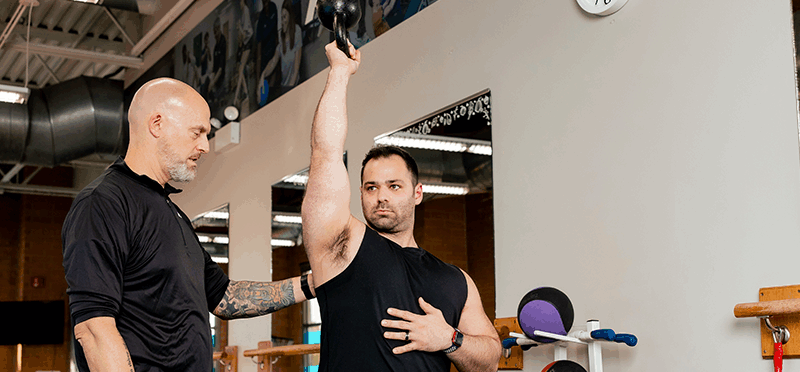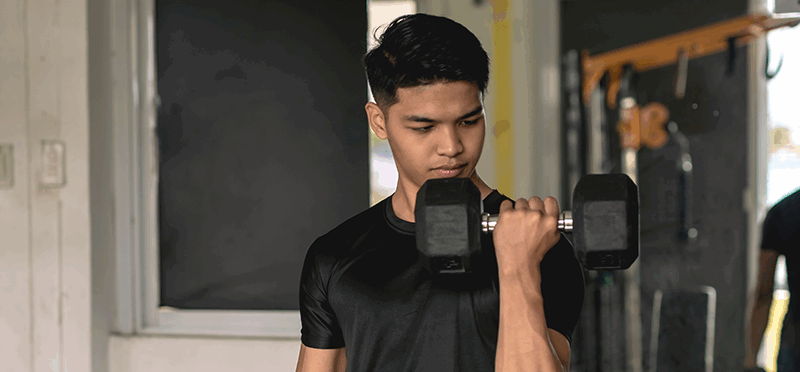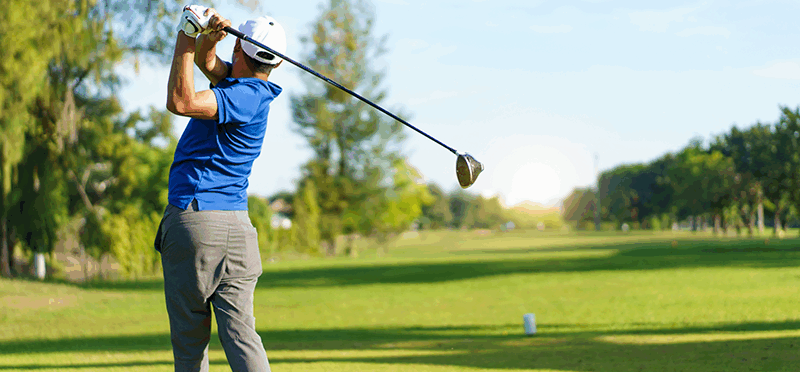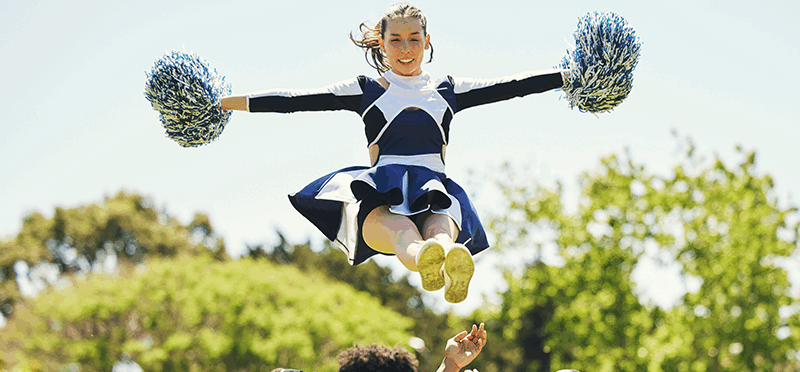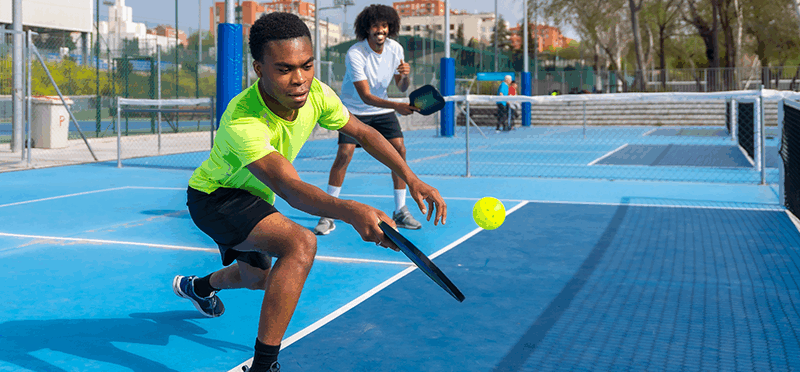Returning to Gymnastics After a Neck Injury
Posted on November 3, 2025 by Tara Hackney, PT, DPT, OCS, KTTP
Gymnastics is a high-intensity sport. Several types of gymnastics events fall under the gymnastics umbrella: Women’s artistic, men’s artistic, rhythmic...
(more…)





